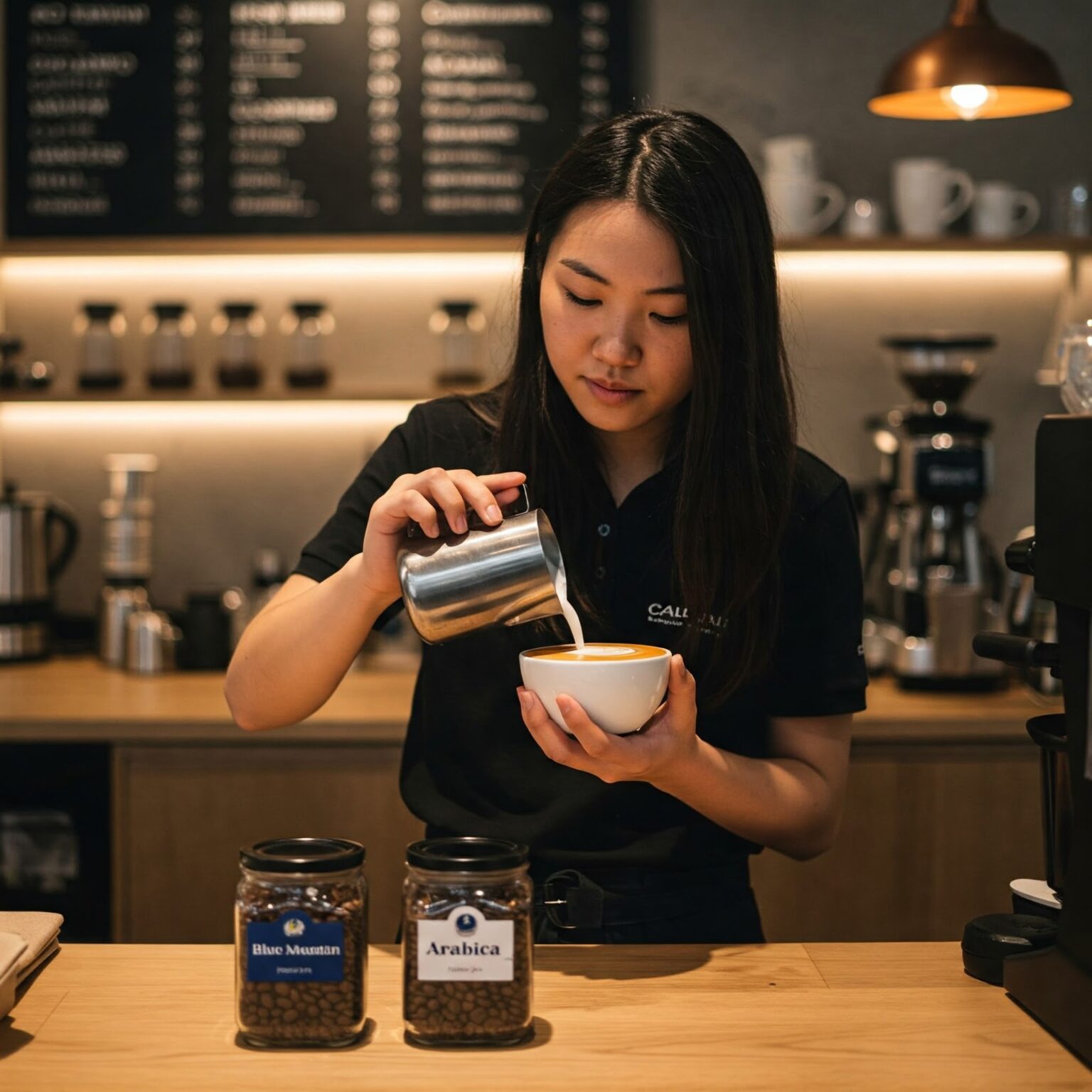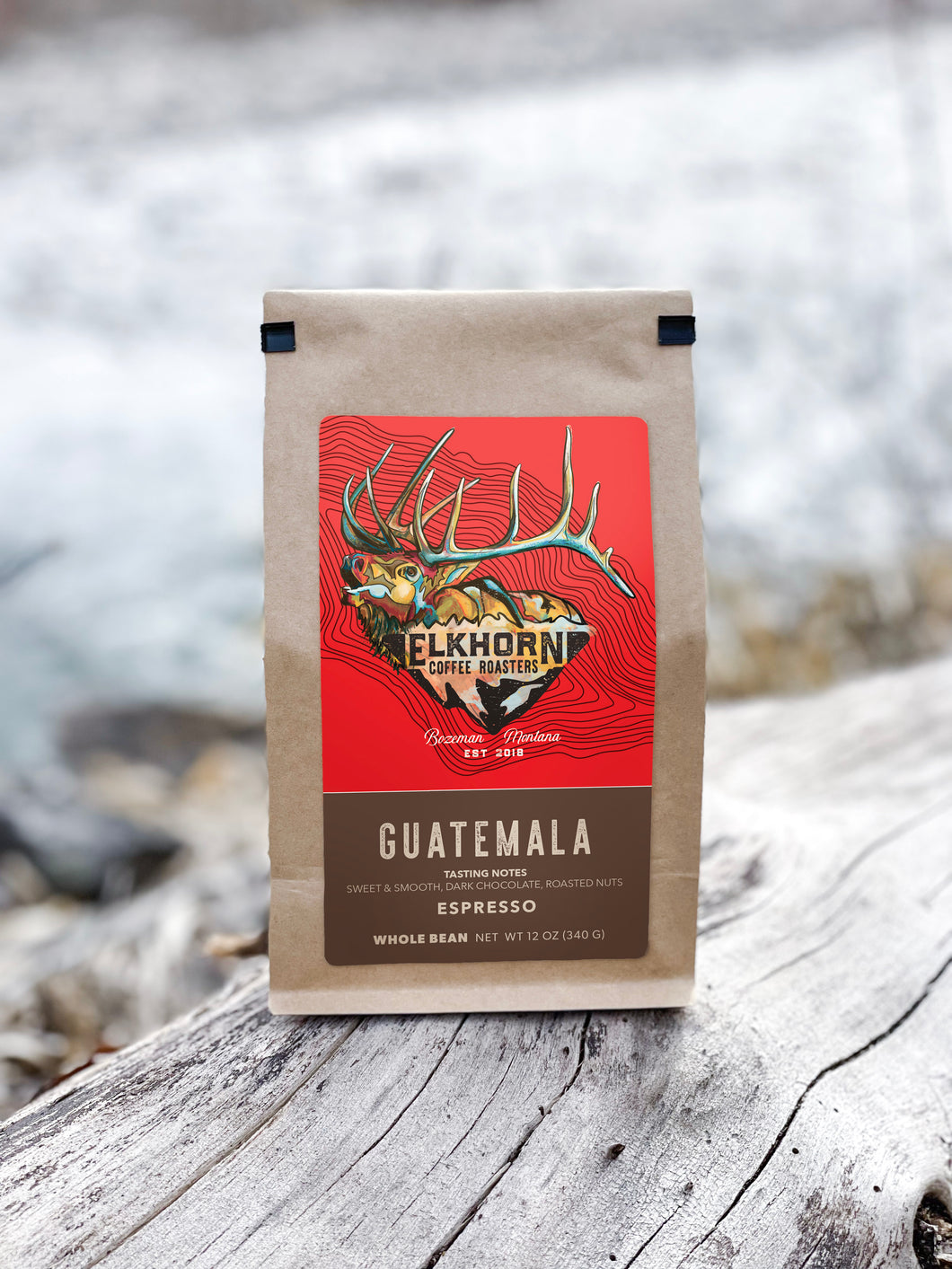Comprehending Coffee Beans: the Journey From Coffee to Blended Coffee Beans

The Origins of Coffee: A Worldwide Perspective
While you might think about coffee as a contemporary staple, its origins trace back centuries, intertwining with societies across the world. The tale starts in Ethiopia, where legend states a goat herdsman named Kaldi uncovered the energizing results of coffee beans after discovering his goats frolicking vigorously after consuming them. This triggered interest, bring about coffee's spread to Arab investors that valued the brewed beverage. By the 15th century, it reached Persia, Egypt, and Turkey, where coffeehouses came to be social hubs for discussion and society.
As trade paths increased, coffee made its means to Europe in the 17th century, rapidly gaining appeal. Each society included its unique twist to coffee prep work, enriching its background.
Cultivation and Harvesting of Espresso Beans
As coffee's trip progressed, the emphasis changed to the cultivation and harvesting of particular bean varieties, specifically those used for coffee. You'll find that coffee beans frequently come from Arabica or Robusta plants, each offering distinct flavors. The excellent expanding conditions consist of high altitudes and abundant, well-drained soil, which improve the beans' high quality.
During the harvest, choosing techniques differ. Timing is vital; you want to harvest when the cherries reach peak ripeness for optimum taste.
As soon as harvested, the beans are prepared for processing, which is important in establishing their last taste. Understanding the growing and harvesting procedures gives you understanding into what enters into your favored coffee, enhancing your appreciation for each and every mug.
Handling Approaches: From Cherry to Bean
Now that you have actually discovered about harvesting coffee beans, allow's explore just how those cherries transform into the coffee beans you love. You'll see exactly how various harvesting techniques impact flavor, followed by the vital actions of fermentation and drying. We'll break down the milling and grading procedure that identifies your coffee's quality.
Harvesting Methods Explained
When it comes to coffee, understanding harvesting techniques is crucial, considering that they directly influence the taste and high quality of the beans you appreciate. Selective picking includes hand-picking just ripe cherries, guaranteeing you obtain the best quality beans. Eventually, the selection of collecting strategy can significantly affect your coffee experience, so it's worth recognizing exactly how those beans made it to your cup.
Fermentation and Drying
After gathering, the next steps in processing coffee beans play a considerable role fit their taste. You'll discover that fermentation is essential, as it aids break down the mucilage bordering the beans, improving their preference account. Depending on the technique, this procedure can last from a few hours to several days, with varying results based upon temperature and moisture.
When fermentation is full, drying follows, which is equally vital. You can select from mechanical or sun-drying drying techniques. Sun-drying enables the beans to soak up tastes from the setting, while mechanical drying warranties regular moisture levels no matter climate. Proper drying is essential to avoid mold and mildew and preserve the beans' high quality, eventually affecting your mug of coffee.
Milling and Grading Process
As fermentation and drying out established the phase for flavor advancement, the milling and grading process guarantees that just the best coffee beans make it to your mug. This phase includes removing the external layers of the coffee cherry, including the parchment and husk. High-grade beans get a higher grade, resulting in a richer coffee experience.
Roasting Techniques: Opening Flavor Potential
When you roast coffee beans, the approach you choose can substantially impact the flavor profile. Comprehending the relationship in between time, temperature, and toasting methods is essential to disclosing the potential of your mixture. Let's discover how these components integrated to produce the perfect cup.
Toasting Techniques Explained
While you may believe that all coffee roasting approaches yield the exact same results, the reality is that each technique discloses one-of-a-kind taste capacities in the beans. Drum roasting uses a turning drum to evenly distribute warmth, boosting caramelization and generating a balanced flavor. Air roasting, on the various other hand, flows hot air around the beans, advertising a lighter roast with pronounced level of acidity.

Influence on Flavor Profile
Different roasting approaches not only influence the process however likewise substantially affect the flavor profile of the coffee beans. Dark roasts, on the other hand, bring out vibrant, smoky flavors, in some cases covering up the bean's one-of-a-kind attributes. Understanding these nuances assists you value the virtuosity behind your cup of coffee, enhancing your general experience with every sip.
Time and Temperature Level Variables
To release the full flavor potential of coffee beans, both time and temperature level throughout the toasting procedure play considerable roles. When roasting, you'll locate that greater temperatures can swiftly establish flavors, but if you hurry it, you may wind up with burned notes. Alternatively, reduced temperature levels enable a much more progressive taste advancement, showcasing the beans' one-of-a-kind qualities.

Timing is equally as crucial; expanding the roast as well long can lead to a loss of level of acidity and illumination, while as well brief a roast could leave the beans underdeveloped. Finding that pleasant spot calls for practice and testing. By readjusting these elements, you can disclose the rich, complicated tastes concealed within each bean, producing a truly amazing coffee experience.
The Art of Mixing: Crafting Distinct Coffee Accounts

Start by selecting a base coffee that provides a solid foundation. Choose complementary beans to improve certain taste notes. A brilliant Ethiopian bean can bring fruitiness, while an abundant Brazilian coffee adds body. Experimentation is crucial-- do not be scared to change proportions up until you find your suitable account.
As you blend, remember that each mix tells a story. You're not simply making coffee; you're developing an experience. So, take your time, taste frequently, and take pleasure in the journey of finding your signature blend.
Developing Methods: Exactly How Preparation Influences Taste
Blending coffee opens up a domain name of flavor possibilities, yet just how you brew that mix can significantly influence your final cup. Different developing methods extract unique tastes and fragrances, so it's important to pick carefully. A French press permits oils and debris to stay, developing a rich, robust experience. On the other hand, a pour-over highlights the coffee's clearness and brightness, excellent for showcasing delicate notes.
Espresso, with its high stress, creates a focused shot that accentuates sweetness and crema. If you favor a lighter brew, consider a chilly mixture approach; it produces a smooth, less acidic preference.
Adjusting variables like water temperature, grind size, and brew time can change your coffee's account. Embrace the art of developing to find the flavors hidden in your coffee blends.
The Future of Coffee: Sustainability and Development
As the coffee market develops, sustainability and technology are ending up being necessary for dealing with ecological difficulties and conference customer needs. You'll discover that more coffee firms are adopting environmentally friendly practices, from sourcing beans ethically to carrying out lasting farming techniques. These shifts not only aid the world yet also improve the quality of the coffee you appreciate.
You may see developments like biodegradable product packaging and water-saving brewing approaches that reduce waste. Advanced technology, such as blockchain, is likewise ending up being popular, making certain openness in the supply chain, which enables you to trace your coffee back to its origins.
Additionally, purchasing regional neighborhoods and supporting farmers with fair trade efforts fosters a more sustainable coffee community. As you drink your following cup, keep in mind that your options can add to a brighter future for coffee. By choosing sustainable brands, you're not just appreciating a drink; you're making a favorable effect on the world.
Often Asked Questions
What Is the Difference In Between Arabica and Robusta Beans?
Arabica beans are smoother, sweeter, and have a greater level of acidity, while robusta beans are stronger, a lot more bitter, and consist of even more high levels of caffeine. You'll discover these differences in taste and aroma when making your coffee.
How Does Elevation Affect Coffee Bean Flavor?
Altitude influences coffee bean taste substantially. Higher elevations create beans with brighter acidity and complicated flavors, while lower altitudes typically generate beans that are heavier and much less nuanced. You'll discover these distinctions in your mug!
What Are the Health And Wellness Perks of Alcohol Consumption Coffee?
Drinking coffee can increase your energy, enhance psychological focus, and also boost physical efficiency. It's rich in anti-oxidants, might lower the risk of specific conditions, and can advertise a much healthier metabolism when eaten in moderation.
Can Coffee Beans Be Recycled for Brewing?
Yes, you can reuse coffee beans for developing, yet the taste could SOE be weaker. If you appreciate trying out, attempt reusing them in different ways, like chilly brews or including in shakes for an added kick.
How Should I Store Coffee Beans for Quality?
To maintain your coffee beans fresh, store them in an impermeable container in a cool, dark location. Avoid subjecting them to light, dampness, or warm, as these aspects can promptly degrade their taste and aroma.
Understanding Coffee Beans: the Trip From Espresso to Blended Coffee Beans.
Now that you've discovered regarding collecting coffee beans, let's check out just how those cherries change right into the coffee beans you love.When you roast coffee beans, the technique you pick can substantially affect the taste profile - Single Origin Espresso.While you could think that all coffee toasting approaches yield the exact same results, the truth is that each strategy reveals unique taste possibilities in the beans.Various roasting methods not just influence the procedure however likewise significantly affect the flavor account of the coffee beans